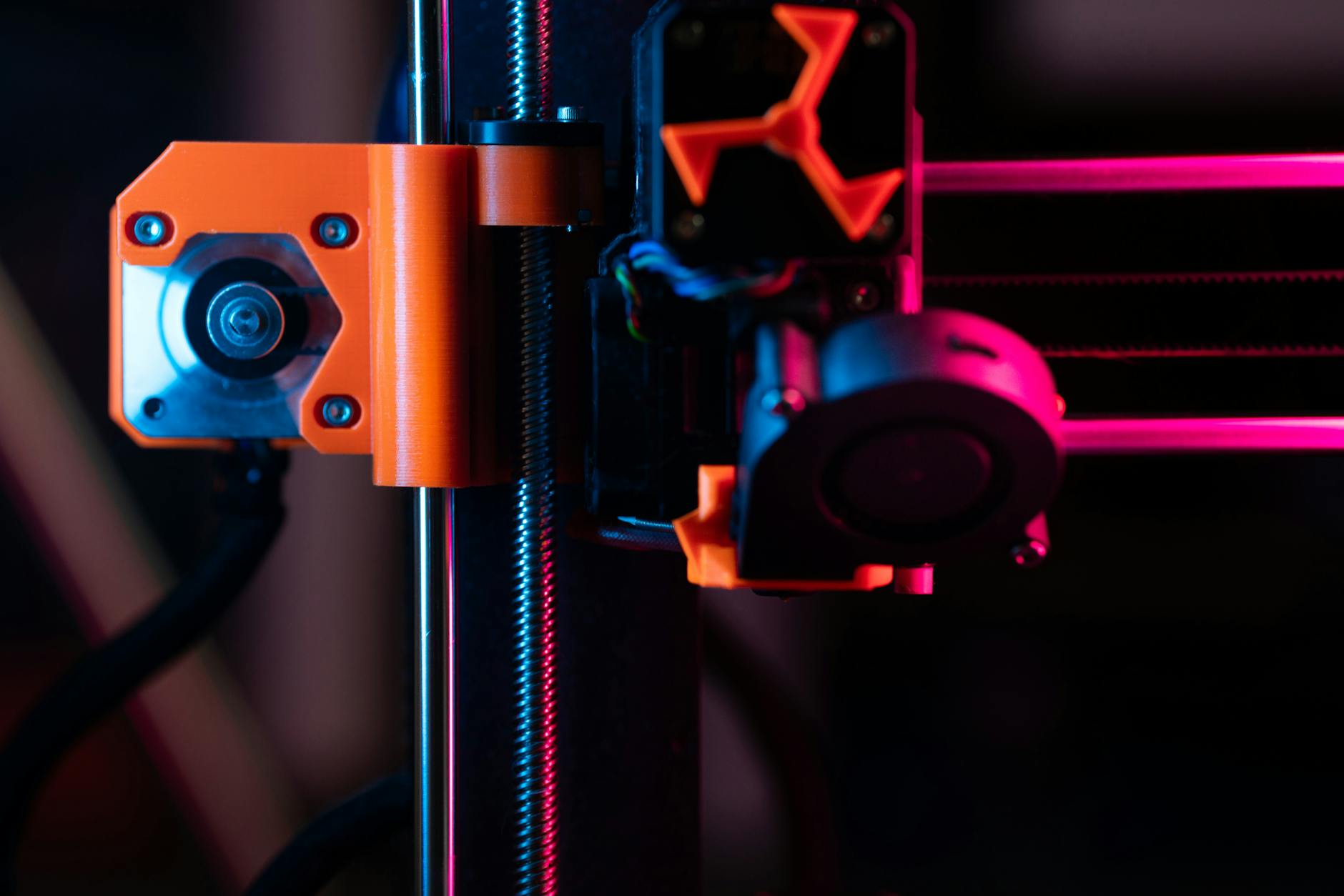Navigating the illuminated world of LED lighting can often feel like decoding a complex language of brightness, color, and quality. Understanding the meaning behind lumens, Kelvin, and CRI is crucial for making informed decisions about lighting. Whether you’re lighting a cozy living room or a productive office space, getting to the bottom of these terms will illuminate your path to the perfect lighting solution.
Lumens: The Measure of Brightness
Lumens are the units used to measure the total amount of visible light emitted by a source. The higher the lumens, the brighter the light. When choosing LED lights, considering lumens helps you understand how bright a bulb or fixture will be. For example, a 800-lumen LED bulb would replace a traditional 60-watt incandescent bulb, providing the same brightness but with significantly lower energy consumption.

Kelvin: The Color Temperature Scale
The Kelvin scale measures the color temperature of light, which influences the appearance and mood of your space. Lower Kelvin numbers mean the light will have a warmer, more yellowish glow, ideal for creating a cozy atmosphere. Higher Kelvin values indicate cooler, bluish light, perfect for task lighting or simulating daylight.

CRI: Color Rendering Index
CRI measures a light’s ability to reveal the colors of various objects faithfully in comparison with an ideal or natural light source. A higher CRI rating, on a scale from 0 to 100, suggests that the lighting will make colors look more accurate and vibrant. This is particularly important in areas where color discrimination is crucial, such as art studios or kitchens.
Understanding Efficiency and Lifespan
Apart from brightness, color temperature, and color accuracy, efficiency and longevity are significant factors. LED technology is famed for its energy efficiency and long service life compared to traditional lighting options. This efficiency is usually tied to lumens per watt, indicating how much light you get for each watt of power consumed.
The Impact of Beam Angle
The beam angle of an LED light affects how it disperses light over an area. Narrow beam angles are suitable for focusing light on specific spots, while wider angles are ideal for general room lighting. Choosing the correct beam angle can dramatically alter the lighting effect and mood of a space.
Choosing the Right LED
Selecting the perfect LED lighting involves balancing lumens, Kelvin, and CRI according to your specific needs. Consider the room’s function, desired ambiance, and whether the space requires accurate color rendering. Consulting with lighting professionals can also provide tailored advice and options.
Environmental Considerations
LED lighting is not only beneficial for your home or workspace but also for the environment. Its energy efficiency and long lifespan reduce waste and energy consumption. However, responsible disposal and recognizing energy certifications can enhance your green efforts even further.
In conclusion, decoding the jargon of lumens, Kelvin, and CRI is essential for making informed lighting choices. By understanding these key terms, you can select LED lighting that enhances your space’s functionality and atmosphere while being energy-efficient and eco-friendly.
Frequently Asked Questions
What is more important, lumens or Kelvin? Both are important depending on your needs; lumens measure brightness while Kelvin measures the color temperature. Balance both to achieve desired lighting effects.
Can LED lights be dimmed? Yes, many LED lights are dimmable, but ensure your dimmer switch is compatible with your LED lights for optimal functionality.
Is a higher CRI always better? Generally, a higher CRI is preferred for most indoor spaces as it ensures colors are rendered more accurately. However, the importance varies depending on the specific application and personal preference.
How does LED lighting impact energy bills? LED lighting is highly energy-efficient, significantly reducing energy bills over time compared to traditional incandescent or fluorescent bulbs.
What is the average lifespan of an LED light? LED lights have a long lifespan, often lasting between 25,000 to 50,000 hours, making them a durable lighting solution.





